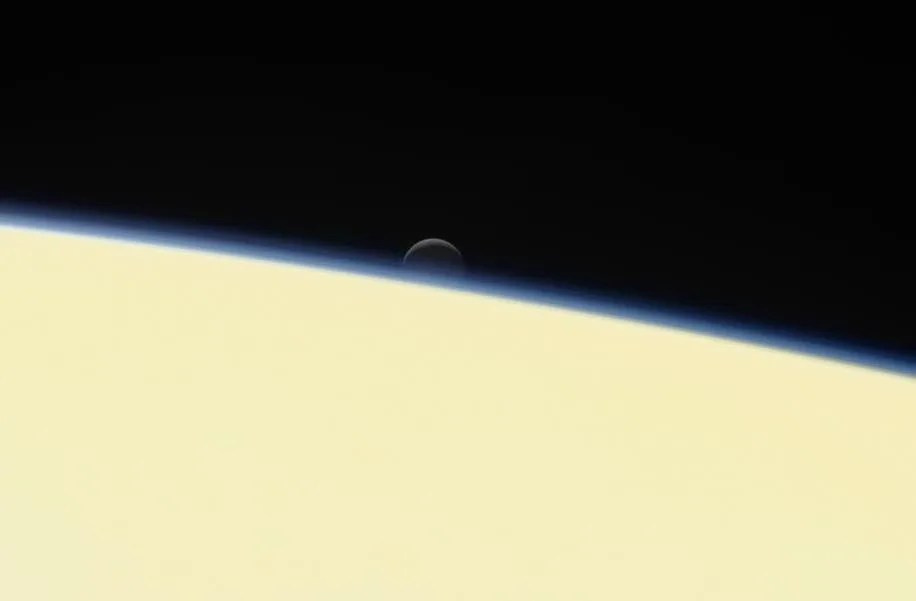4 min read
Need some space? Here are 10 perspective-building images for your computer desktop or phone wallpaper. These are all real images, sent very recently by NASA's planetary missions throughout the solar system. Places to look for more NASA pictures include solarsystem.nasa.gov/galleries, images.nasa.gov and www.jpl.nasa.gov/spaceimages.
Applying Wallpaper:
1. Click on the screen resolution you would like to use.
2. Right-click on the image (control-click on a Mac) and select the option 'Set the Background' or 'Set as Wallpaper' (or similar).
1. Warm up with this view from NASA's Solar Dynamics Observatory showing active regions on the Sun in October 2017. They were observed in a wavelength of extreme ultraviolet light that reveals plasma heated to over a million degrees.
Desktops: 1280 x 800 | 1600 x 1200 | 1920 x 1200
Mobile: 1440 x 2560 (JPG, 520 KB) | 1080 x 1920 (JPG, 347 KB) | 750 x 1334 (JPG, 209 KB)
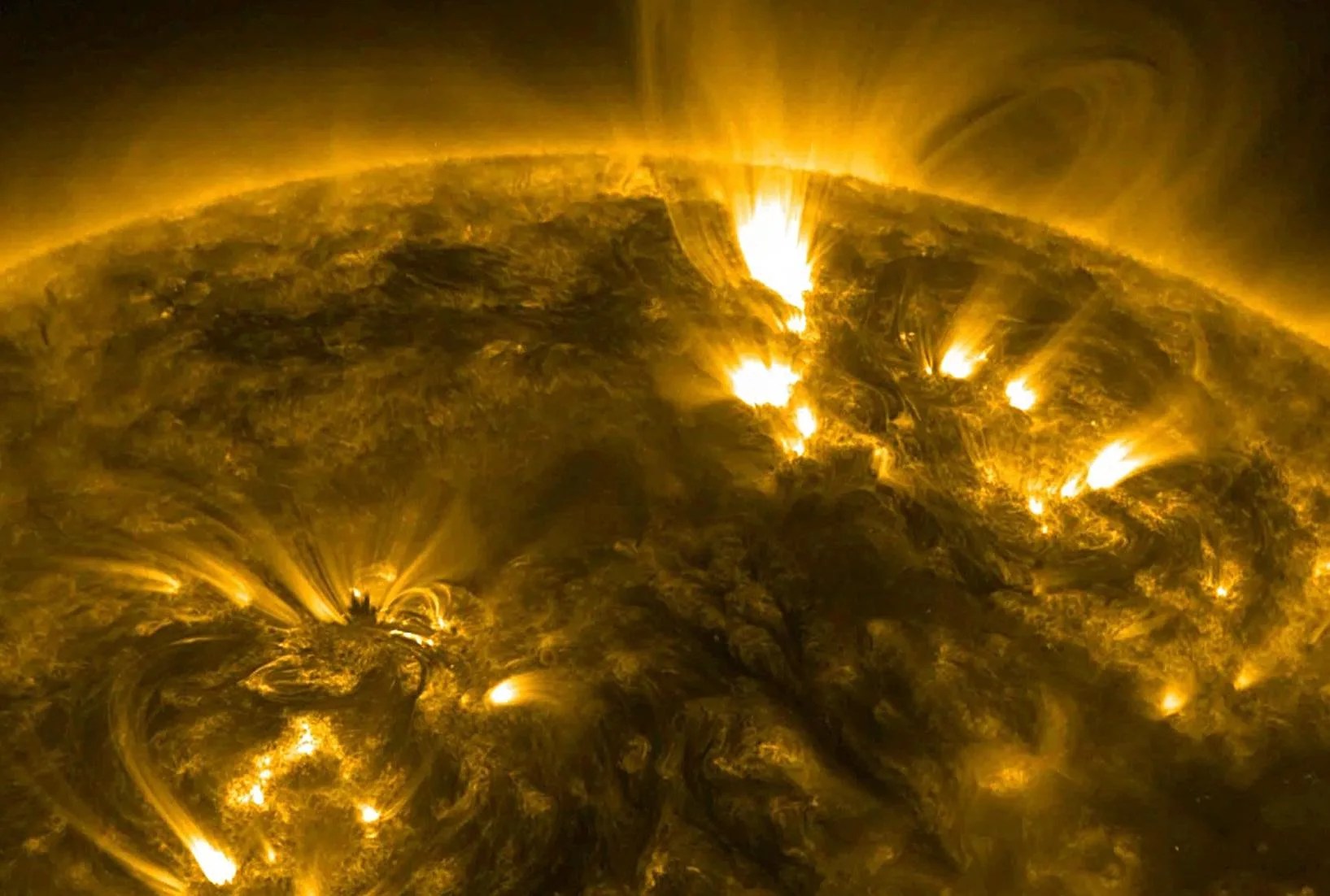
Desktops: 1280 x 800 | 1600 x 1200 | 1920 x 1200
Mobile: 1440 x 2560 (JPG, 628 KB) | 1080 x 1920 (JPG, 429 KB) | 750 x 1334 (JPG, 264 KB)
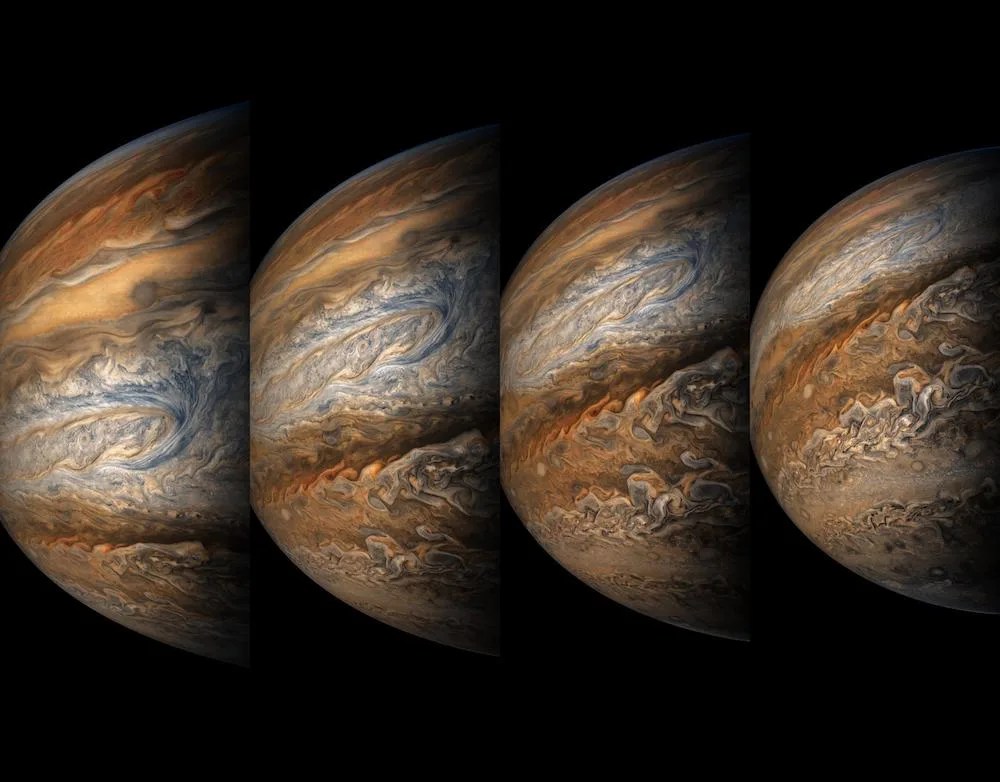
3. With this mosaic from Oct. 28, 2016, NASA's Cassini spacecraft captured one of its last looks at Saturn and its main rings from a distance.
Desktops: 1280 x 800 | 1600 x 1200 | 1920 x 1200
Mobile: 1440 x 2560 (JPG, 269 KB) | 1080 x 1920 (JPG, 180 KB) | 750 x 1334 (JPG, 108 KB)
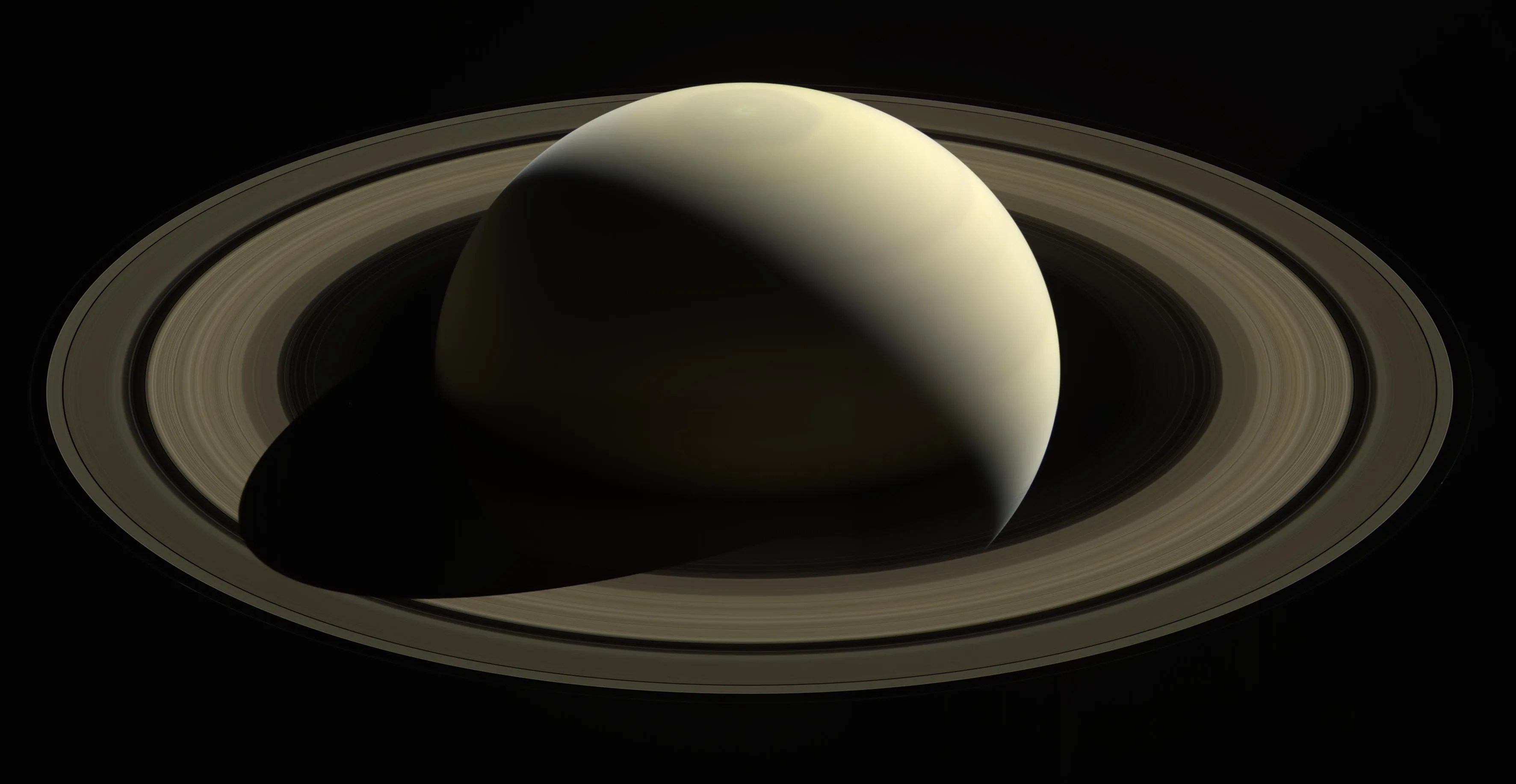
4. This look from NASA's Curiosity Mars rover includes several geological layers in Gale crater to be examined by the mission, as well as the higher reaches of Mount Sharp beyond. The redder rocks of the foreground are part of the Murray formation. Pale gray rocks in the middle distance of the right half of the image are in the Clay Unit. A band between those terrains is "Vera Rubin Ridge," where the rover is working currently. The view combines six images taken with the rover's Mast Camera (Mastcam) on Jan. 24, 2017.
Downloads: 1280 x 800 | 1600 x 1200 | 1920 x 1200
Mobile: 1440 x 2560 (JPG, 710 KB) | 1080 x 1920 (JPG, 481 KB) | 750 x 1334 (JPG, 295 KB)
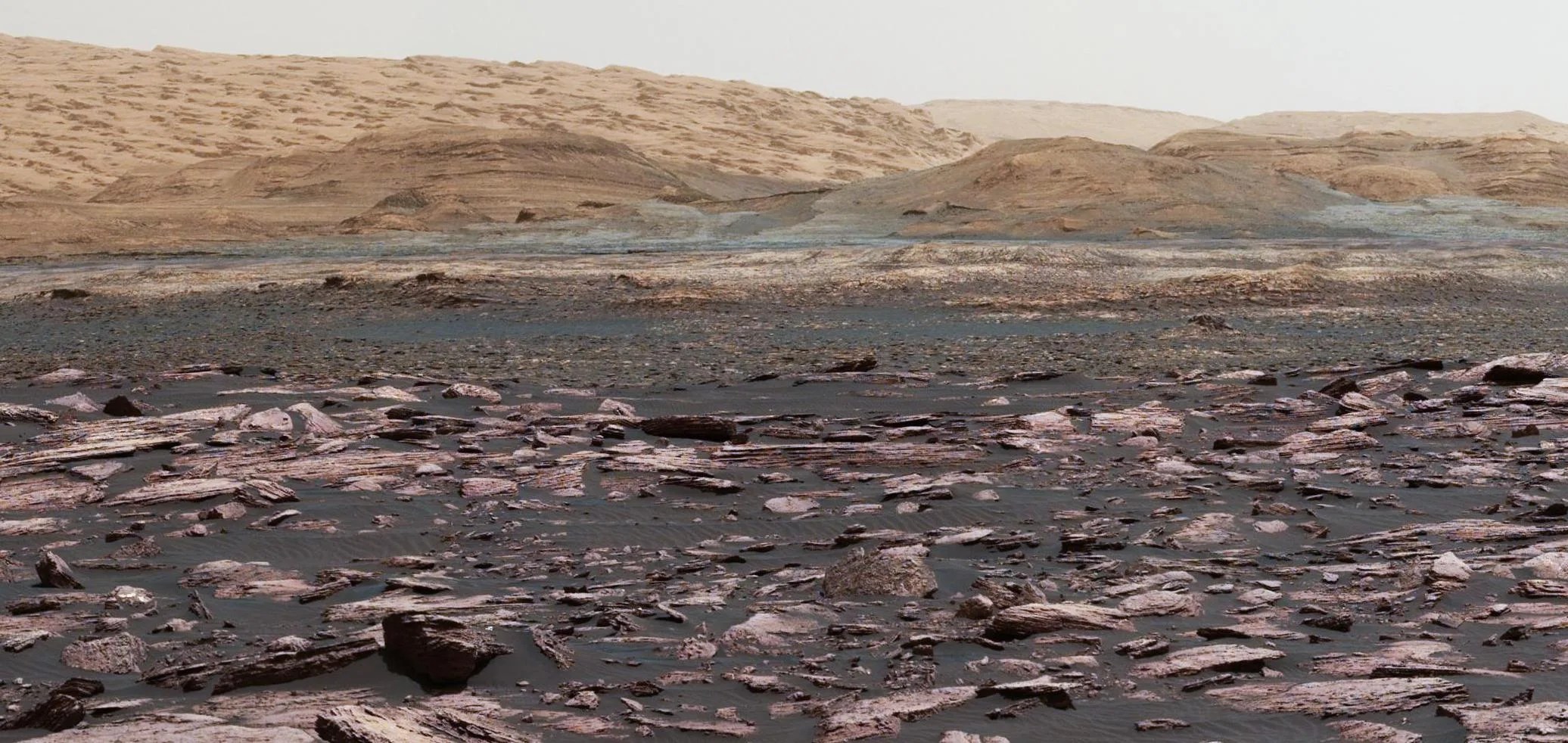
5. Cassini peers toward a sliver of Saturn's sunlit atmosphere while the icy rings stretch across the foreground as a dark band on March 31, 2017. This view looks toward the unilluminated side of the rings from about 7 degrees below the ring plane.
Downloads: 1280 x 800 | 1600 x 1200 | 1920 x 1200
Mobile: 1440 x 2560 (JPG, 129 KB) | 1080 x 1920 (JPG, 83 KB) | 750 x 1334 (JPG, 49 KB)
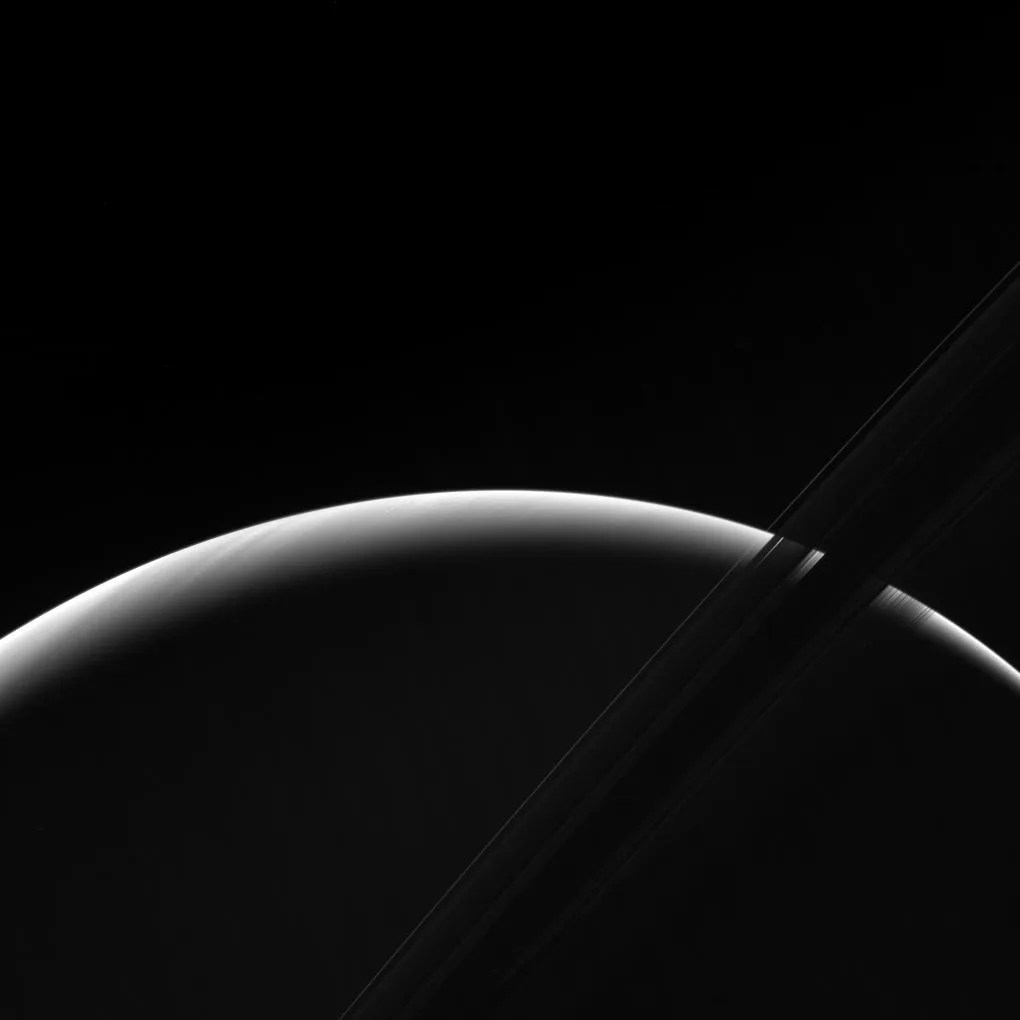
6. This image of the limb of dwarf planet Ceres shows a section of the northern hemisphere, as seen by NASA's Dawn mission. Prominently featured is Occator Crater, home of Ceres' intriguing "bright spots." The latest research suggests that the bright material in this crater is comprised of salts left behind after a briny liquid emerged from below.
Downloads: 1280 x 800 | 1600 x 1200 | 1920 x 1200
Mobile: 1440 x 2560 (JPG, 642 KB) | 1080 x 1920 (JPG, 436 KB) | 750 x 1334 (JPG, 271 KB)
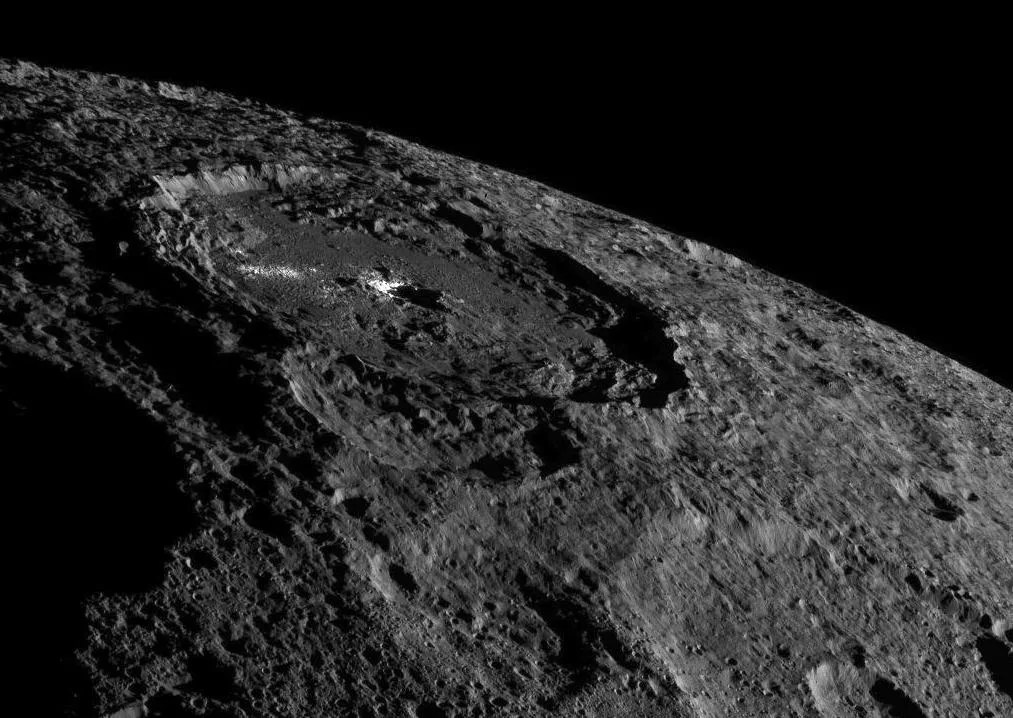
7. This image from NASA's Mars Reconnaissance Orbiter (MRO) shows a crater in the region with the most impressive known gully activity in Mars' northern hemisphere. Gullies are active in the winter due to carbon dioxide frost, but northern winters are shorter and warmer than southern winters, so there is less frost and less gully activity.
Downloads: 1280 x 800 | 1600 x 1200 | 1920 x 1200
Mobile: 1440 x 2560 (JPG, 898 KB) | 1080 x 1920 (JPG, 608 KB) | 750 x 1334 (JPG, 374 KB)
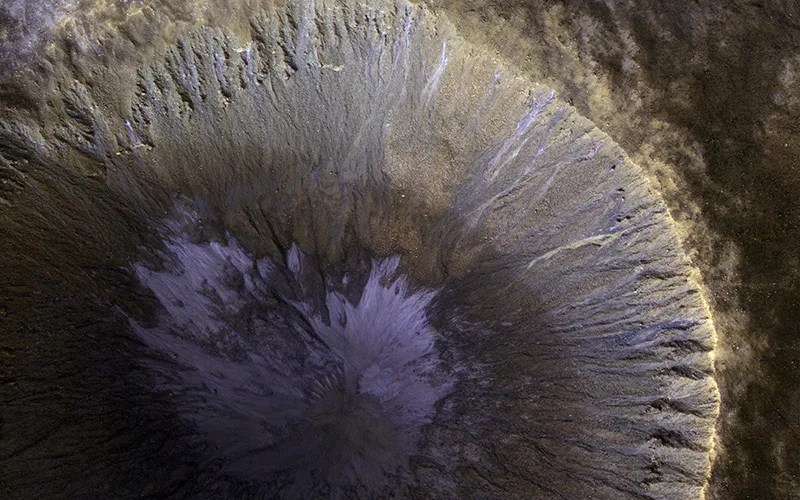
8. A dynamic storm at the southern edge of Jupiter's northern polar region dominates this Jovian cloudscape, courtesy of Juno. This storm is a long-lived anticyclonic oval named North North Temperate Little Red Spot 1. Citizen scientists Gerald Eichstädt and Seán Doran processed this image using data from the JunoCam imager.
Downloads: 1280 x 800 | 1600 x 1200 | 1920 x 1200
Mobile: 1440 x 2560 (JPG, 646 KB) | 1080 x 1920 (JPG, 441 KB) | 750 x 1334 (JPG, 275 KB)
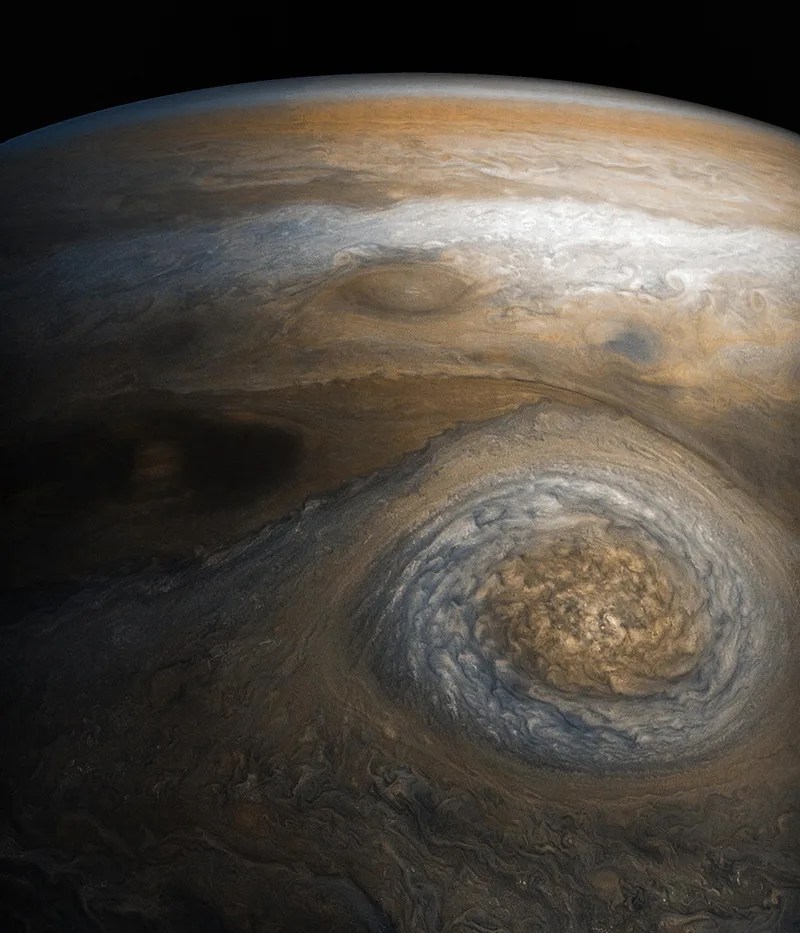
9. This false-color view from the Cassini spacecraft gazes toward the rings beyond Saturn's sunlit horizon. Along the limb (the planet's edge) at left can be seen a thin, detached haze.
Downloads: 1280 x 800 | 1600 x 1200 | 1920 x 1200
Mobile: 1440 x 2560 (JPG, 177 KB) | 1080 x 1920 (JPG, 112 KB) | 750 x 1334 (JPG, 66 KB)
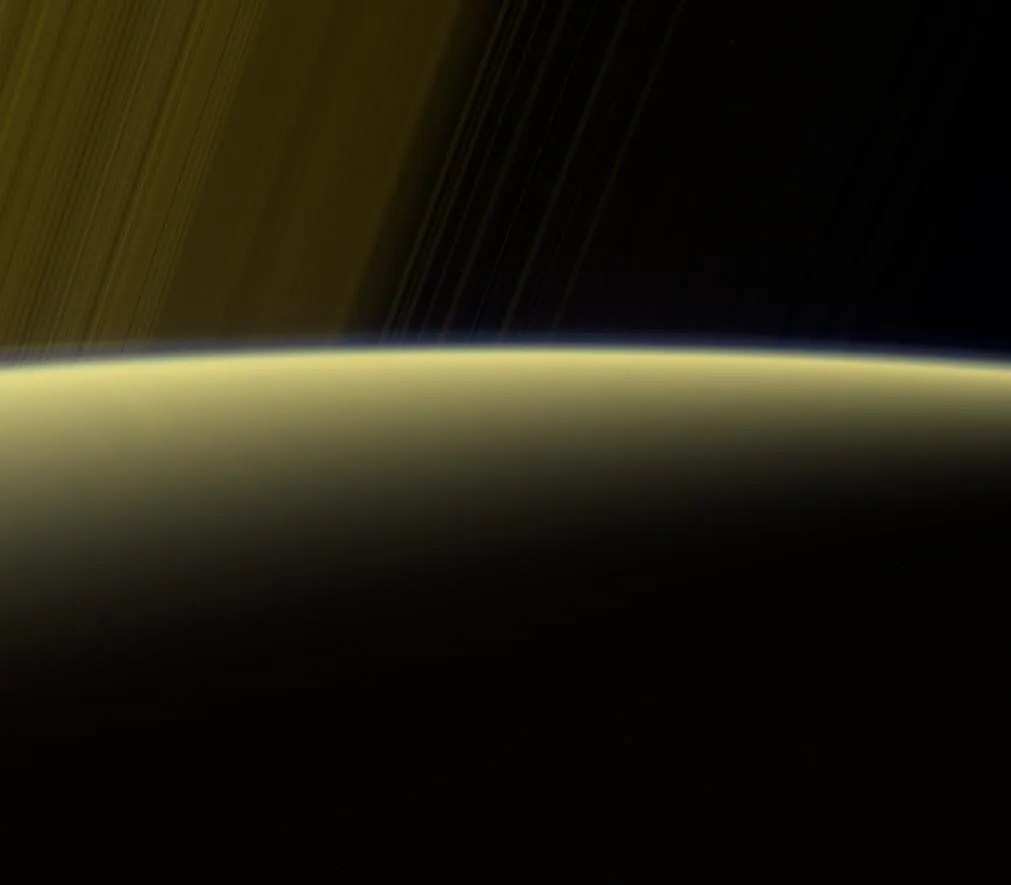
10. Saturn's active, ocean-bearing moon Enceladus sinks behind the giant planet in a farewell portrait from Cassini. This view of Enceladus was taken by NASA's Cassini spacecraft on Sept. 13, 2017. It is among the last images Cassini sent back before its mission came to an end on Sept. 15, after nearly 20 years in space.
Downloads: 1280 x 800 | 1600 x 1200 | 1920 x 1200
Mobile: 1440 x 2560 (JPG, 89 KB) | 1080 x 1920 (JPG, 56 KB) | 750 x 1334 (JPG, 32 KB)
